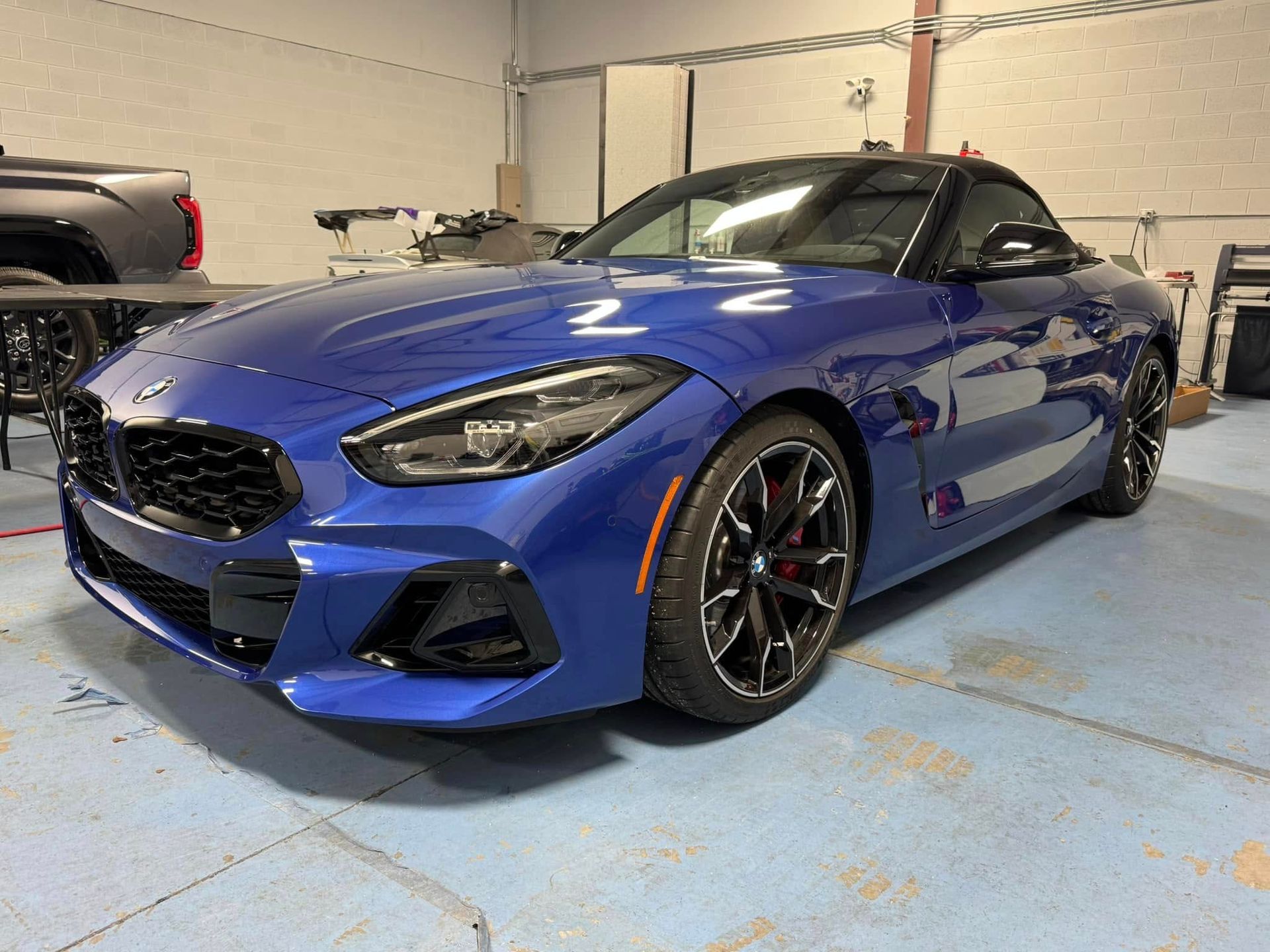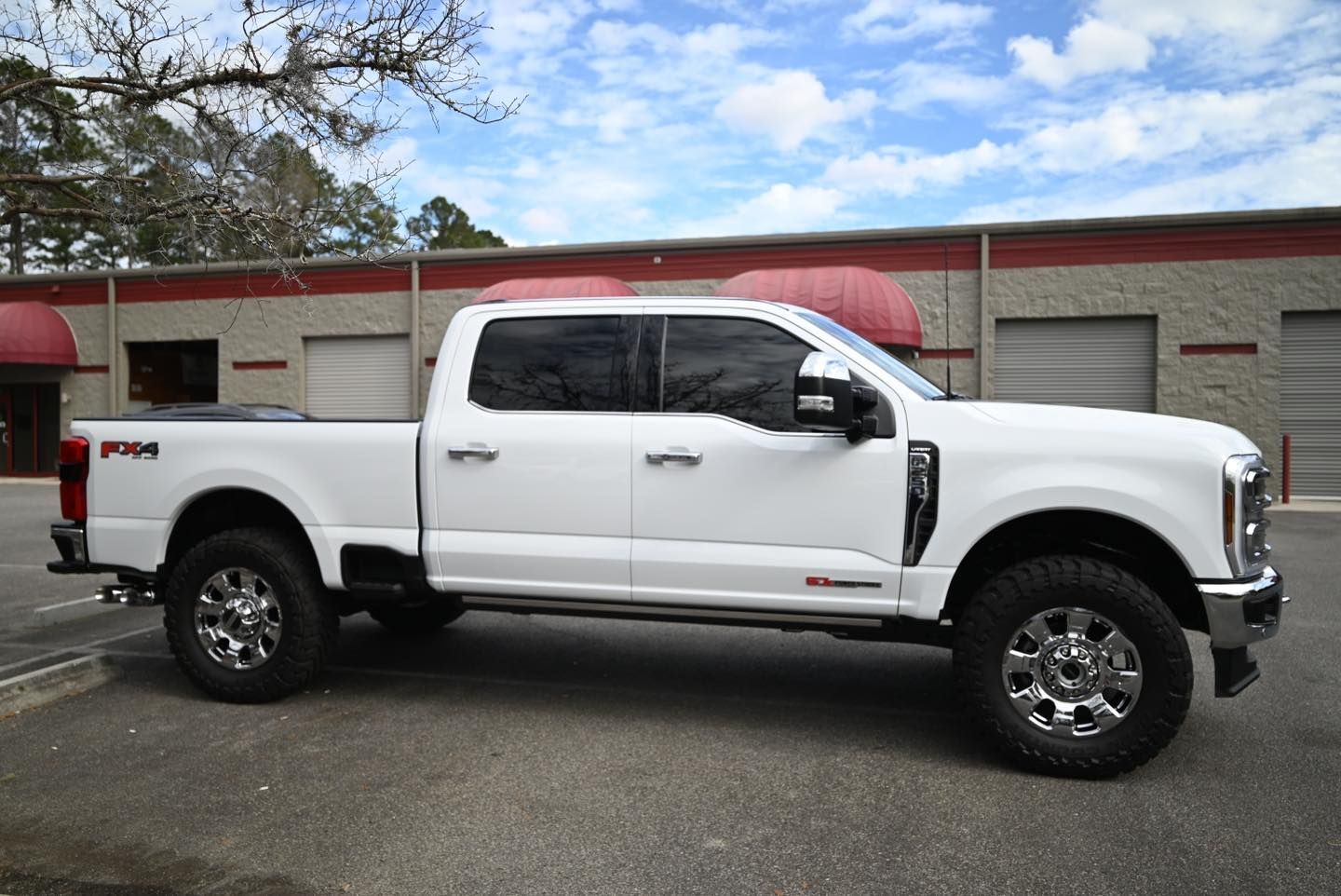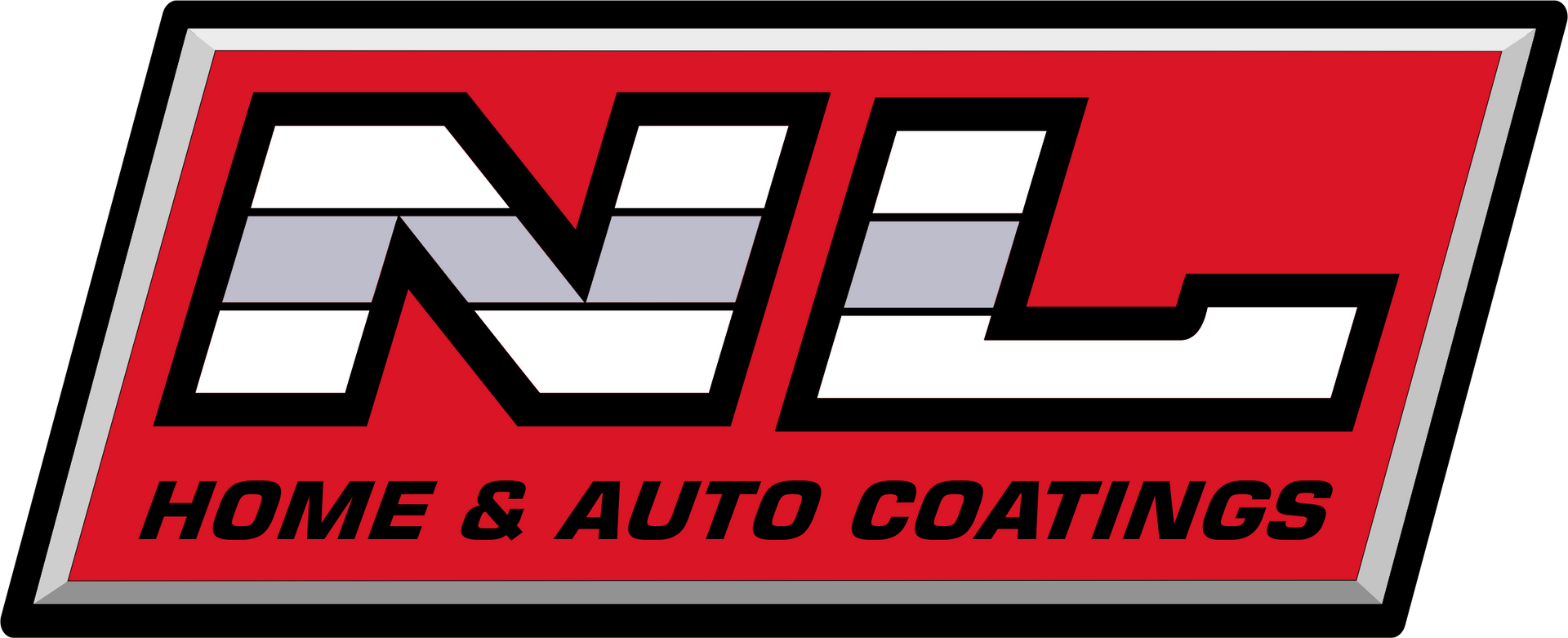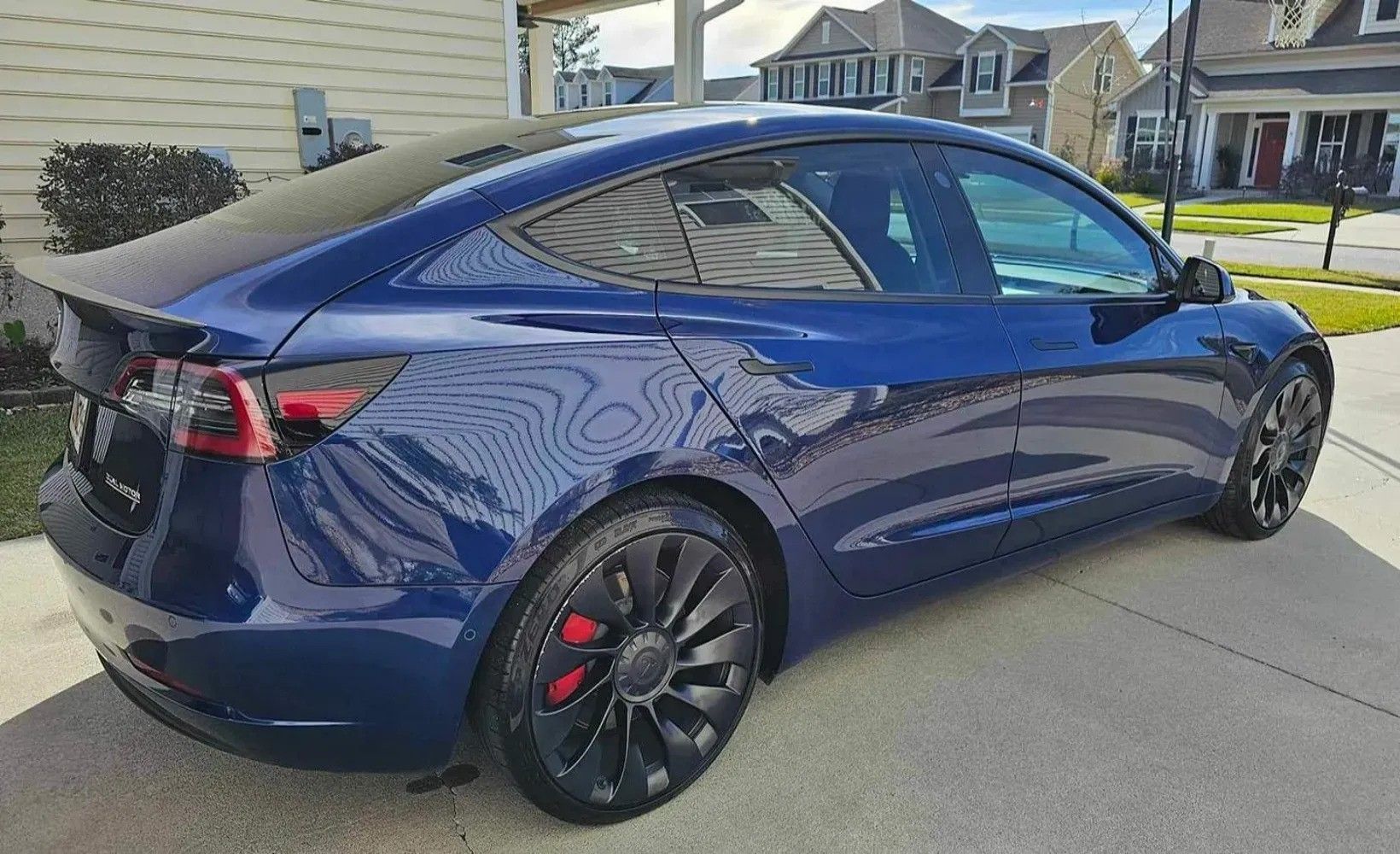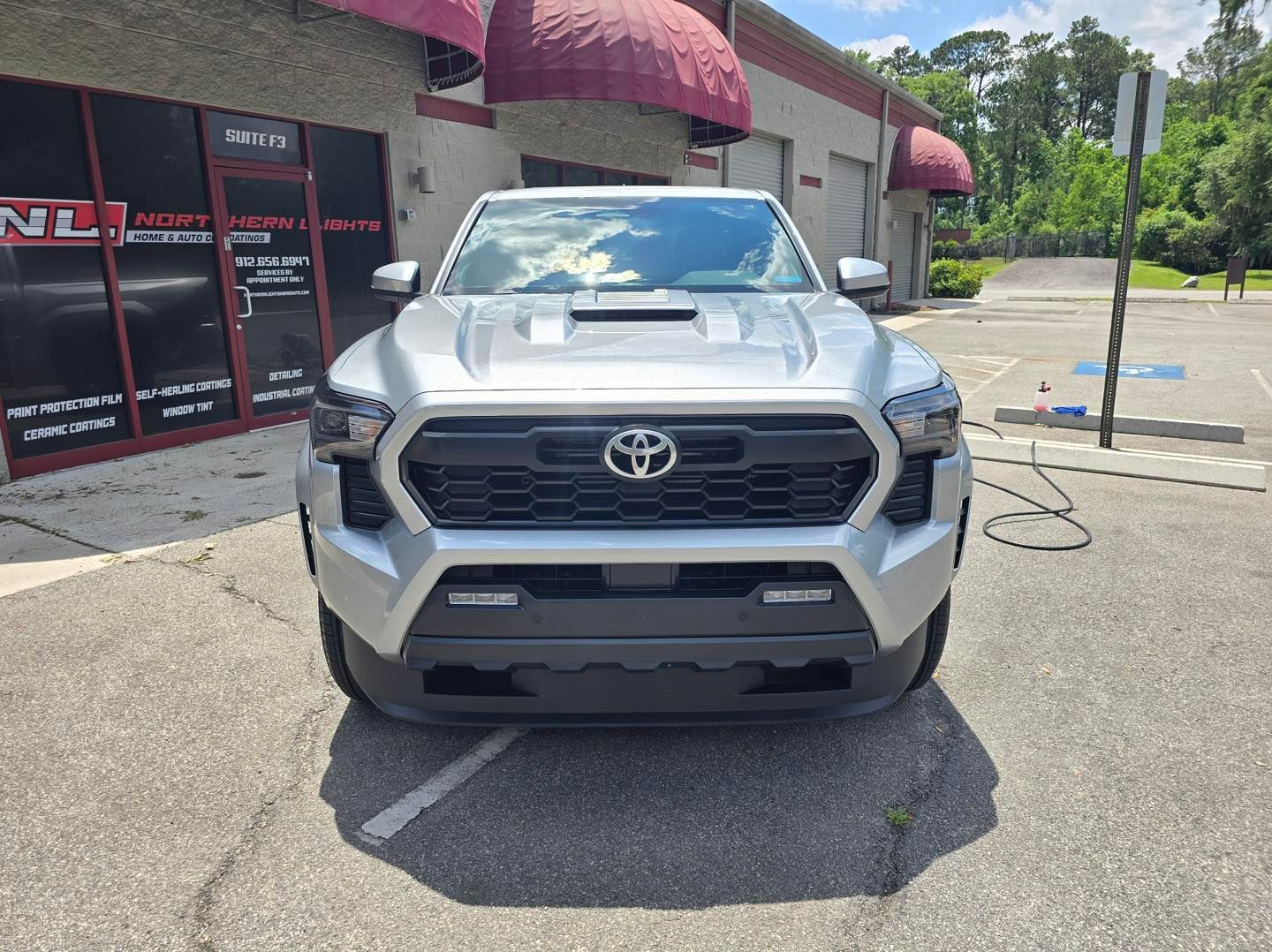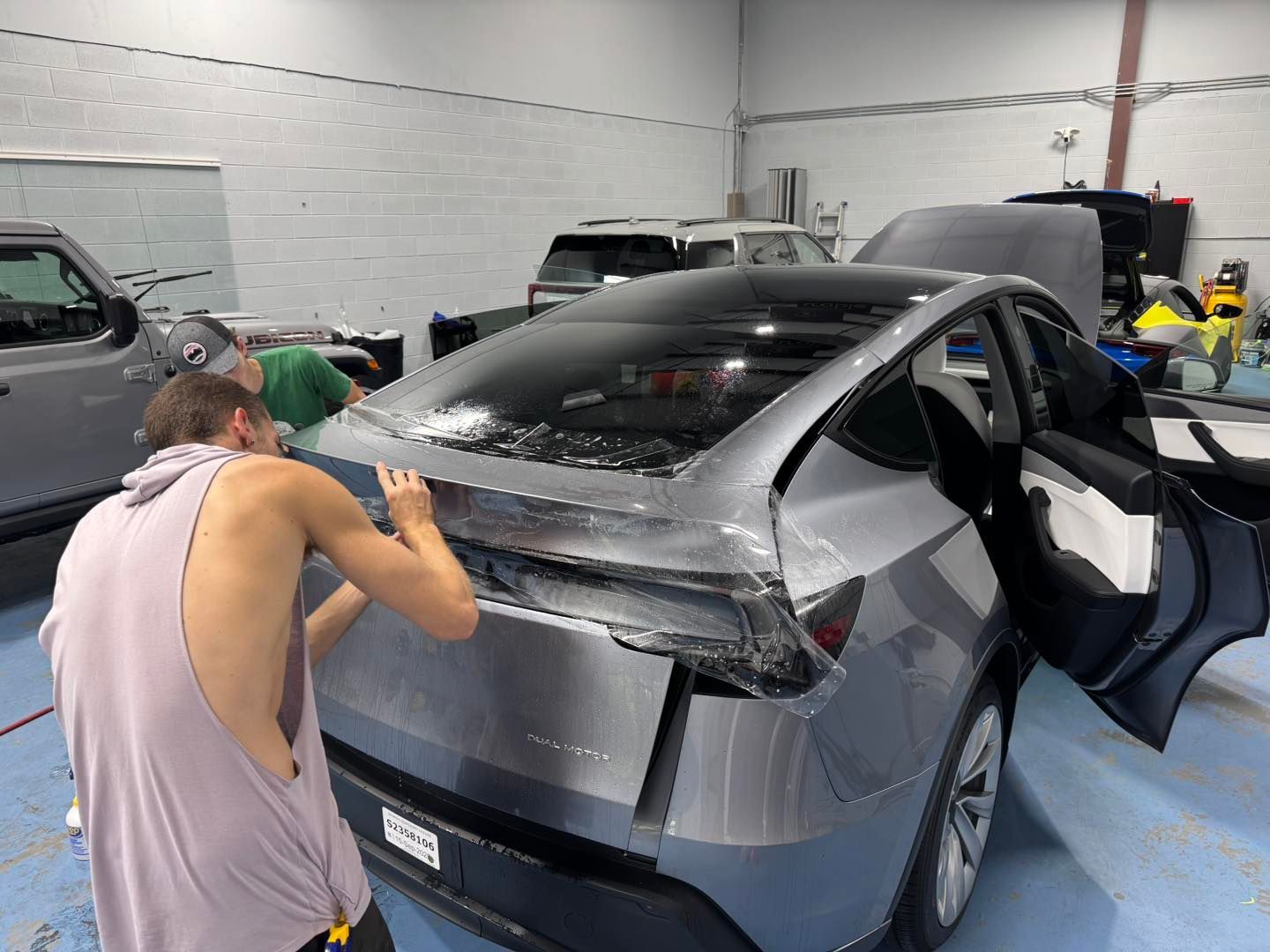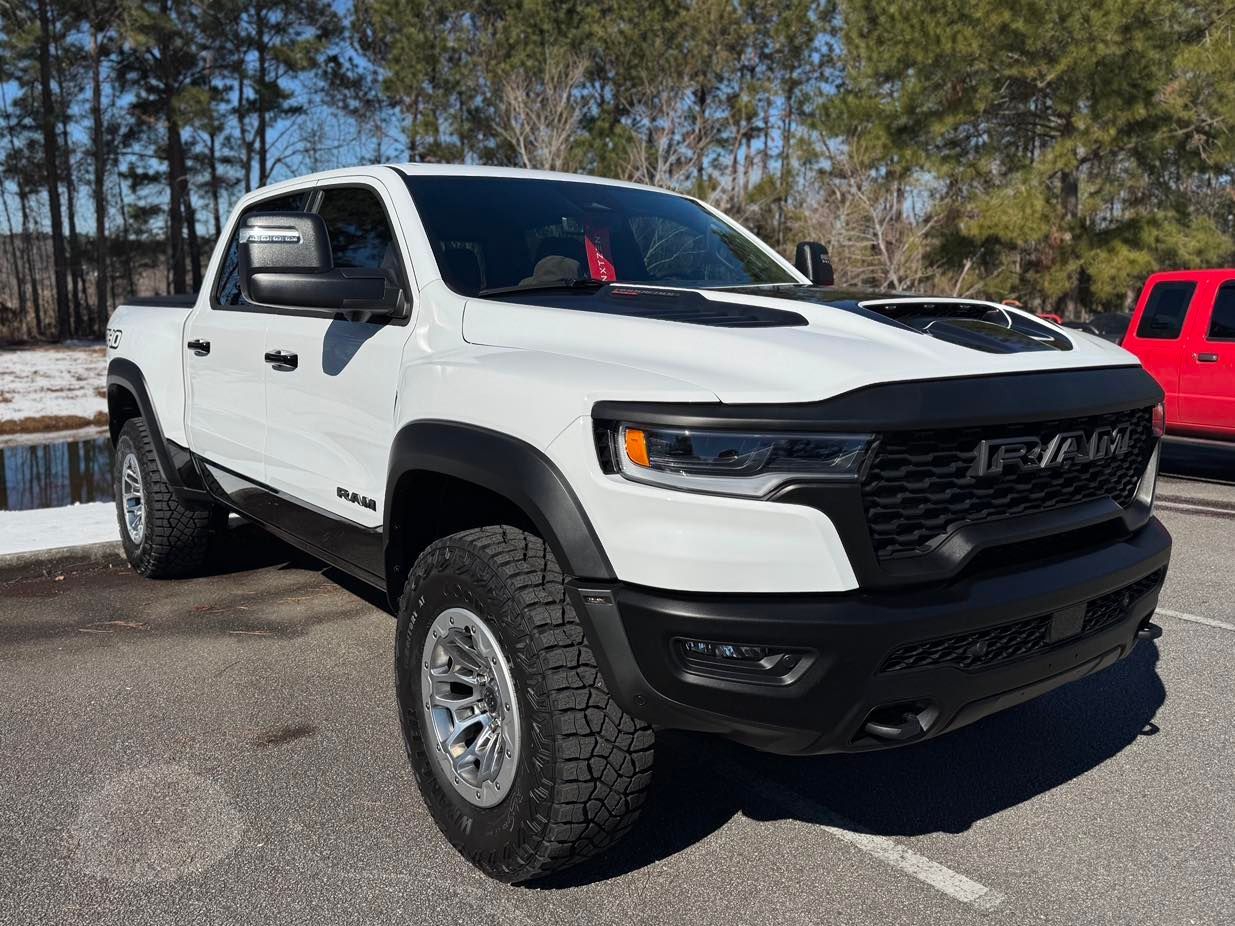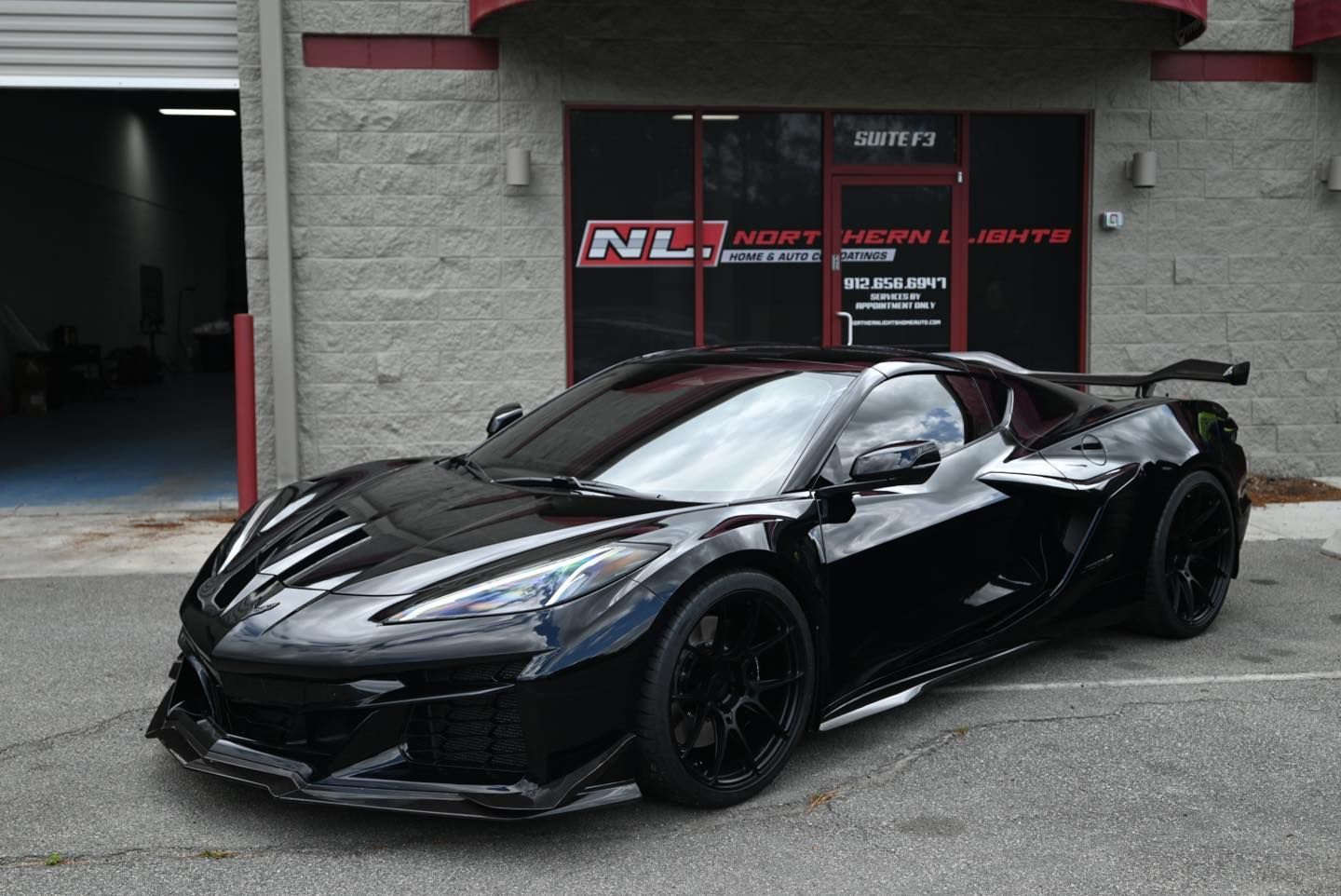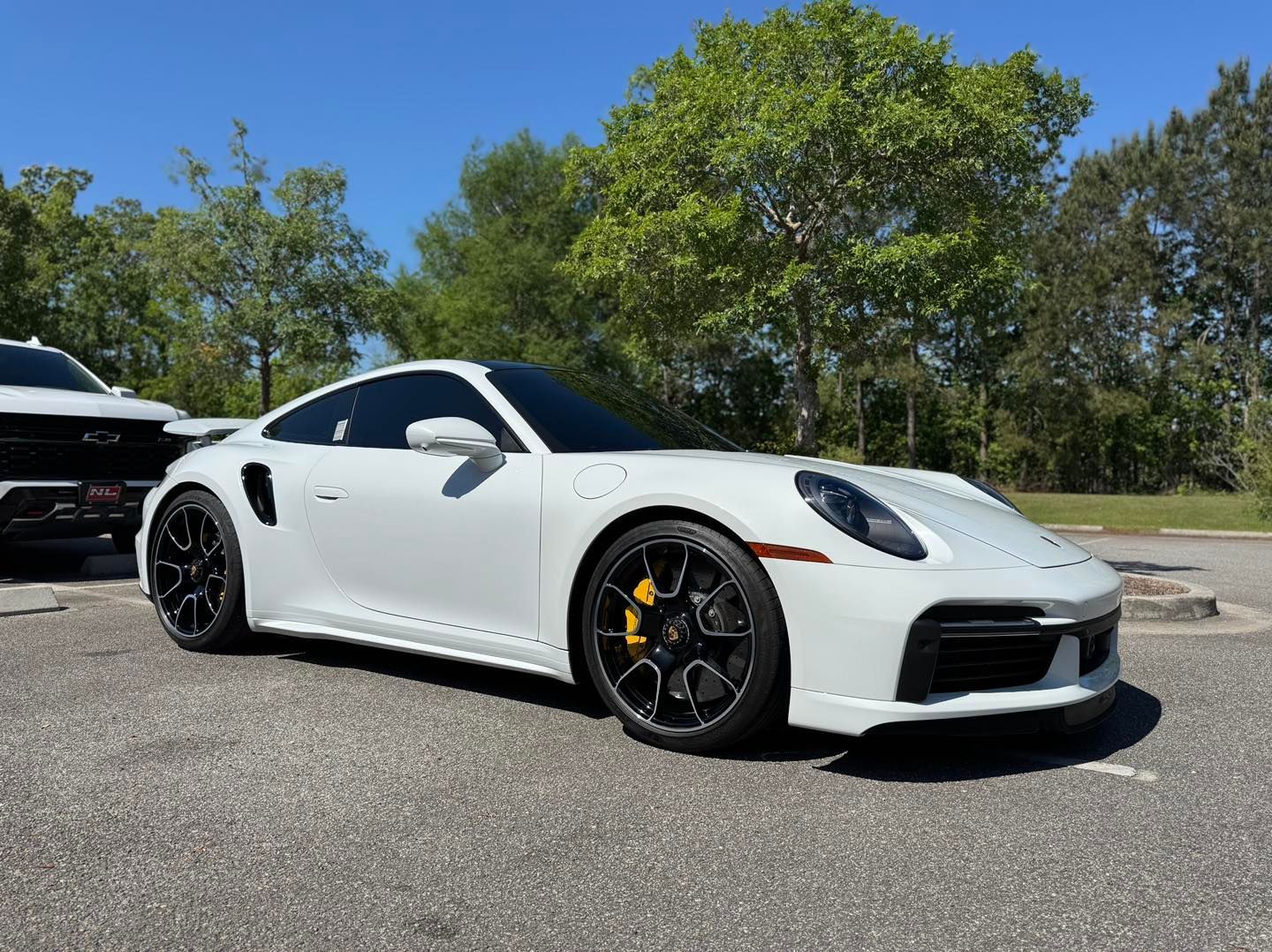How To Care For Your LLumar Window Tint: Essential Tips for Maintenance
For any car enthusiast, there's nothing quite like hitting the open road on a sunny weekend with your vehicle looking its absolute best. Caring for your LLumar window tint goes beyond aesthetics; it ensures clarity on your drives and maintains your car’s value. But without proper care, even top-quality tints can fade or sustain damage—a prospect that causes worry for many. In this blog post, we will explore how you can maintain your LLumar window tint effectively.
To care for your LLumar window tint, regularly clean it using a high-quality car shampoo safe for tinted windows, avoiding harsh chemicals like bleach or ammonia. Additionally, use a microfiber towel or soft sponge to gently remove dirt and contaminants, and always rinse with clean water afterwards to prevent residue buildup.
Cleaning LLumar Window Tint
Maintaining the clarity and longevity of your LLumar window tint starts with proper cleaning. It may seem simple, but understanding how to clean it effectively can make a significant difference. Many auto owners don’t realize that using the wrong cleaning products can lead to a cloudy appearance or even compromise the tint's integrity over time.
Using Gentle Products
Always use a mild soap mixed with water for your cleaning solution. Strong commercial cleaners may tempt you, but they can damage the film and cause unwanted side effects. A gentle solution ensures that you’re protecting that investment while still keeping it spotless.
Wiping and Drying
To clean the window, grab a soft microfiber cloth—this will be your best friend throughout this process. Using vertical motions, gently wipe the tint. This method reduces the chances of streaks forming, which is often an eyesore. Remember, the key here is a light touch; you want to treat your window tint with care rather than scrubbing away at it like you would a dirty dish.
After you've cleaned with the microfiber cloth, follow up immediately by drying the window with another clean towel or cloth. This step prevents water spots from forming, which can spoil all of your good work.
With proper cleaning techniques established, creating a regular maintenance routine is crucial for long-lasting clarity.
Regular Cleaning Schedule
Make it a habit to clean your window tint at least once a month. Establishing this routine not only helps maintain the tint's clarity but also enhances its durability over time. Consider setting a reminder on your phone or marking it on your calendar; consistency is key!
Maintaining the beauty and functionality of your LLumar window tint doesn't require extensive time or rigorous effort—just some gentle products, mindful techniques, and a bit of consistency!
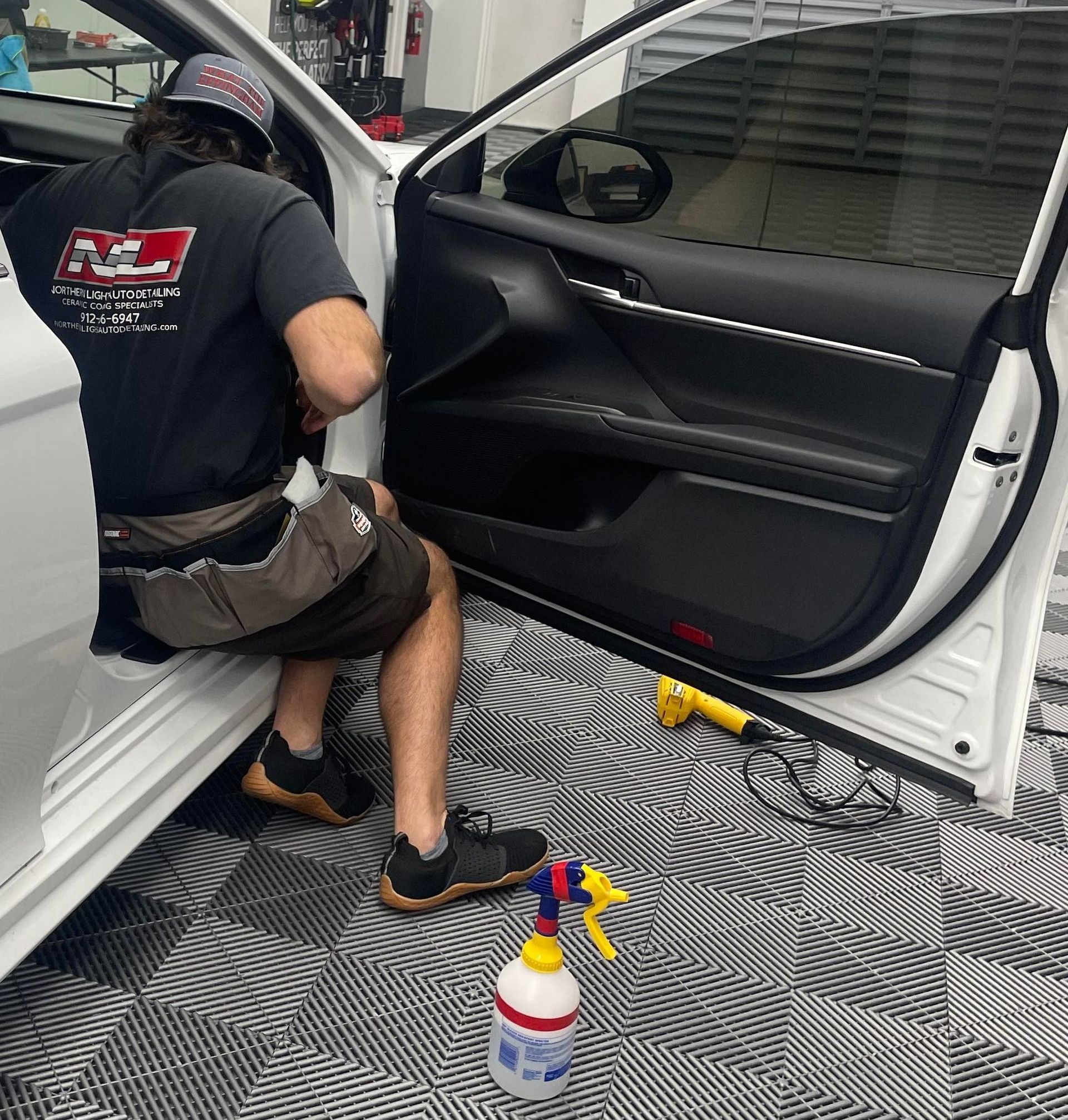
What to Avoid During Cleaning
One of the most crucial tips for maintaining your LLumar window tint is to steer clear of certain products and methods that can significantly damage it.
First and foremost, you should avoid using ammonia-based cleaners. These can wreak havoc on your tint job by causing it to peel or discolor over time. While it may be tempting to grab a well-known household cleaner like Windex, which contains ammonia, using it on tinted windows is a recipe for disaster. Instead, look for pH-balanced, non-ammonia cleaners specifically designed for tinted windows; they’ll keep your tint looking pristine without risking its integrity.
Another important point is to steer clear of abrasive materials while cleaning. This includes common items like paper towels and scouring pads, which can scratch the surface of your tint. A small scratch might seem harmless initially, but it could lead to larger issues down the line—think decreased visibility or peeling edges.
Lastly, it's best to skip automatic car washes with brushes when caring for your tinted windows. Many automatic car washes feature abrasive brushes that can scuff or even tear the tint film. Not only does this risk immediate damage, but it can also significantly shorten your tint's lifespan.
By avoiding these common pitfalls during window tint maintenance, you can keep your LLumar window tint in excellent condition while maximizing its lifespan and effectiveness.
Recommended Cleaning Tools and Solutions
Using the correct tools can make all the difference in maintaining your LLumar window tint. It's essential to choose items that are gentle yet effective, ensuring you won’t damage the tint's surface while achieving that sparkling clean look.
Essential Cleaning Tools
- Soft microfiber cloths: These are indispensable for gentle yet thorough cleaning. Microfiber is non-abrasive, which means it won't scratch the tinted surface. The fine fibers effectively trap dirt and dust without leaving any lint behind.
- A spray bottle filled with a mild soapy solution: Mixing your cleaning solution in a spray bottle allows for simple application and control. Simply spray it on the surface, letting it work for a moment before wiping it away.
- Absorbent, non-abrasive towels for drying: After cleaning, it's vital to dry the surfaces carefully. To avoid streaks or spots, opt for soft towels that absorb water without scratching.
Remember, regular upkeep not only enhances the appearance of your windows but also prolongs the life of the tint.
DIY Cleaning Solution
Creating a simple homemade cleaning solution is straightforward and effective. Combine two cups of water, half a teaspoon of dish soap, and a quarter cup of white vinegar. This mixture effectively cuts through grime without harsh chemicals, offering a safe option for tint maintenance.
While there may be countless commercial products available, I advocate for this DIY solution because it's cost-effective and safer for tinted windows. Additionally, it avoids potential risks associated with commercial cleaners that might contain abrasive substances or strong solvents
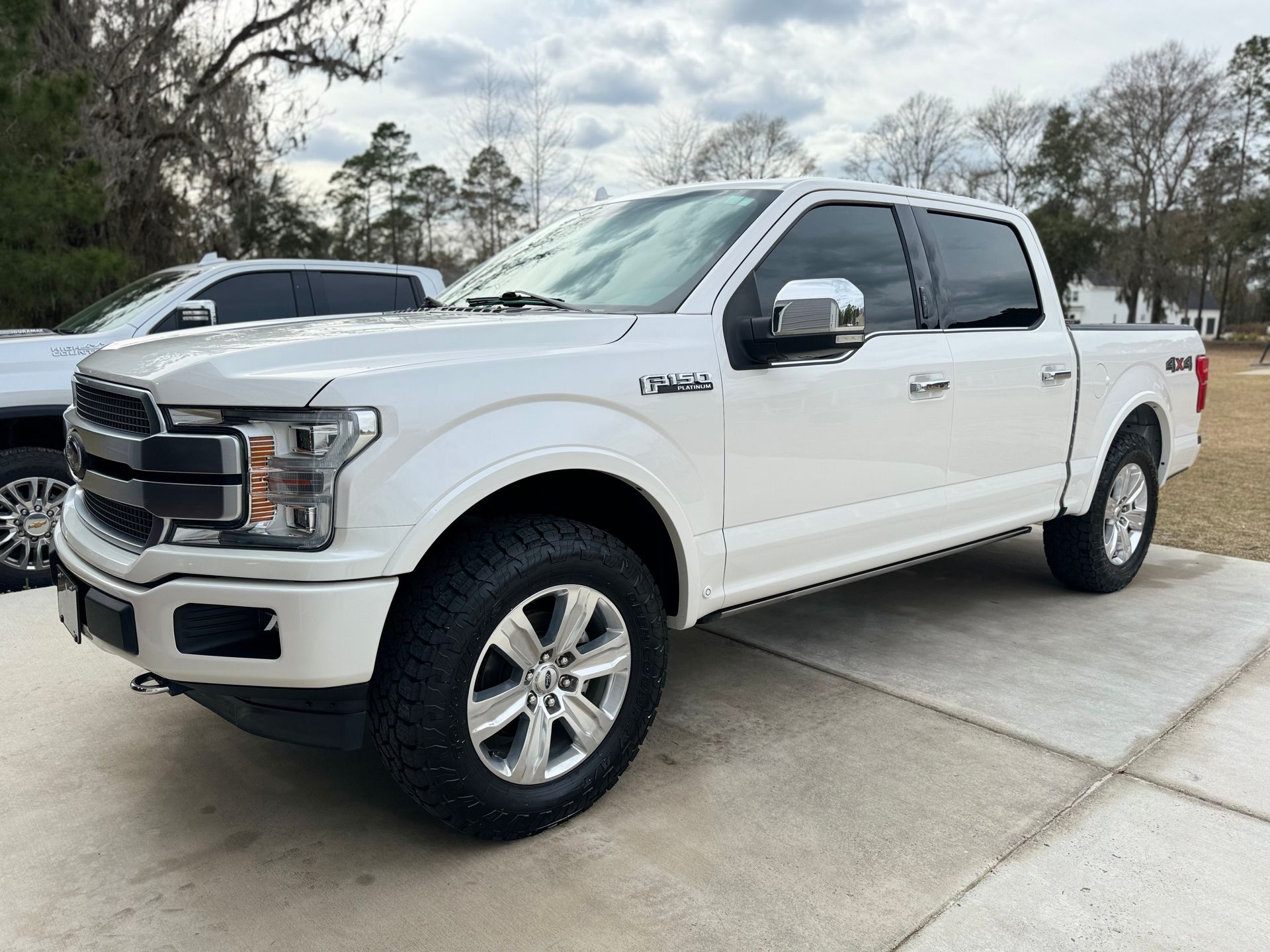
Protecting Against Sunlight and Scratches
Proper care goes beyond merely keeping the surface clean; it’s essential to shield your windows from both solar exposure and physical damage. Not only can direct sunlight cause your tint to fade or degrade over time, but unintentional scrapes from everyday activities can compromise its integrity.
Shielding from Sun Exposure
To best protect your window tint from the ravages of UV rays, make it a habit to park your vehicle in shaded areas whenever possible. If you find yourself parked in direct sunlight more often than not, investing in high-quality sunshades can also make a significant difference.
These shades act as a barrier between the sun and your tinted windows, minimizing the impact of UV radiation and ultimately prolonging the life of your tint.
Remember that consistent exposure to harsh sunlight isn’t just about fading colors; it affects the adhesive properties of the tint as well. Thus, taking preventive measures today can save you from costly repairs tomorrow.
Preventing Scratches
Another crucial aspect of maintaining your LLumar window tint is being mindful of sharp objects when loading or unloading items from your vehicle. For instance, think about how simple it is for a jagged edge of a box or some tool to inadvertently scrape against your window as you rush to put things away. By treating your tinted windows with care, you can prevent scratches that could otherwise mar the appearance of your vehicle and diminish the effectiveness of the tint.
Immediate Attention to Damage
In the unfortunate event that you do notice any scratches or chips on your window tint, addressing them promptly is vital. Left unattended, small scrapes can grow into larger problems, requiring even more extensive measures to repair or replace the tint.
Here, seeking out professional services is a worthwhile option. Technicians specializing in window film can assess the damage accurately and offer solutions tailored to restore your window's appearance while ensuring optimal performance.
When to Seek Professional Help
There are various situations where a DIY approach simply won't cut it. Professional inspections and repairs play an essential role in ensuring that your window tint remains in optimal condition. You can easily handle cleaning and light maintenance at home, but more complex issues like bubbling, peeling, or misalignment require a professional's touch.
Another crucial aspect to consider is warranty maintenance. Most window tint products come with warranties that specify requirements for upkeep. Failure to adhere to these guidelines could void the warranty, costing you significantly in potential replacements or repairs.
To further explore how to maintain and care for your LLumar window tint effectively or to get in touch with professionals for assistance, consider contacting
Northern Lights Home & Auto Coatings today!
